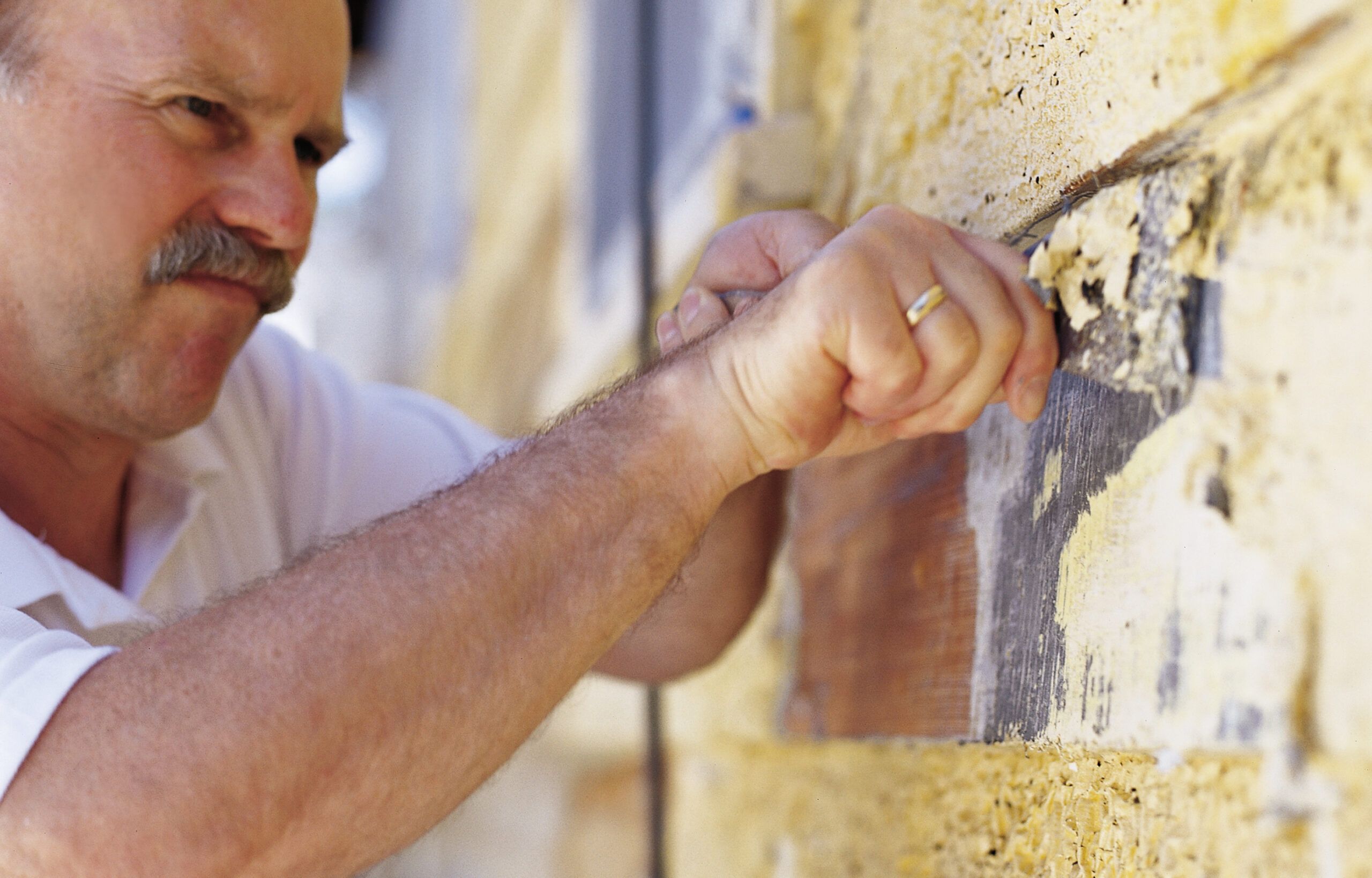When it comes to revitalizing surfaces, paint stripping stands as a crucial step in the restoration process. Whether you’re looking to restore a piece of furniture, a wooden deck, or the façade of your home, effective paint stripping is the gateway to a fresh canvas. In this guide, we’ll navigate the world of paint stripping, exploring methods, safety measures, and best practices to ensure successful and safe results.
Why Paint Stripping Matters:
Paint stripping is more than just a cosmetic process; it’s about restoring the inherent beauty and integrity of surfaces. Over time, layers of old paint can accumulate, obscuring the natural texture of wood, metal, or masonry. Stripping away old paint reveals the original material and sets the stage for refinishing, repainting, or even leaving the surface bare for a rustic appeal.
Choosing the Right Method:
The method you choose for paint stripping depends on various factors, including the type of surface, the type of paint, and your preferred level of involvement. Here are some common paint stripping methods:
Chemical Stripping: Chemical paint strippers are formulated to break down paint’s adhesion to the surface. They are applied to the painted area and left to soften the paint, which can then be scraped away. This method is effective but requires careful handling of the chemicals.
Heat Stripping: Heat guns or infrared heaters can be used to soften paint, making it easier to scrape off. This method is suitable for wood and metal surfaces, but caution must be exercised to prevent fire hazards.
Mechanical Stripping: Mechanical methods involve using tools like sanders, wire brushes, or abrasive pads to physically remove paint layers. While effective, they can be time-consuming and may create a lot of dust.
Safety First:
Safety is paramount when it comes to paint stripping. Here are some safety measures to consider:
Protective Gear: Wear safety goggles, gloves, a respirator, and appropriate clothing to shield yourself from chemicals, dust, and fumes.
Ventilation: Ensure proper ventilation in the area where you’re working, especially if you’re using chemical strippers.
Lead Paint: If you’re dealing with older surfaces, be cautious of lead-based paint. It’s best to have a professional handle lead paint removal.
Fire Safety: If using heat stripping methods, have a fire extinguisher on hand and avoid working near flammable materials.
Best Practices:
Test a Small Area: Before fully committing to a paint stripping method, test it on a small, inconspicuous area to ensure it’s effective and won’t damage the surface.
Layer by Layer: If there are multiple layers of paint, consider removing them one layer at a time. This prevents overwhelming the stripping process.
Patience is Key: Effective paint stripping requires patience. Rushing through the process can lead to incomplete results or damage to the surface.
Surface Preparation: Once the paint is stripped, the surface might need further preparation before refinishing. Sanding, cleaning, and priming may be necessary.
In conclusion, effective paint stripping is a delicate yet rewarding endeavor that breathes new life into surfaces. Whether you’re aiming for a clean slate or preparing for a fresh coat of paint, the right approach and safety precautions are essential. By choosing the appropriate method, adhering to safety guidelines, and following best practices, you can achieve successful paint stripping results that set the stage for your next creative venture. Contact us for more information on prepdeck.

